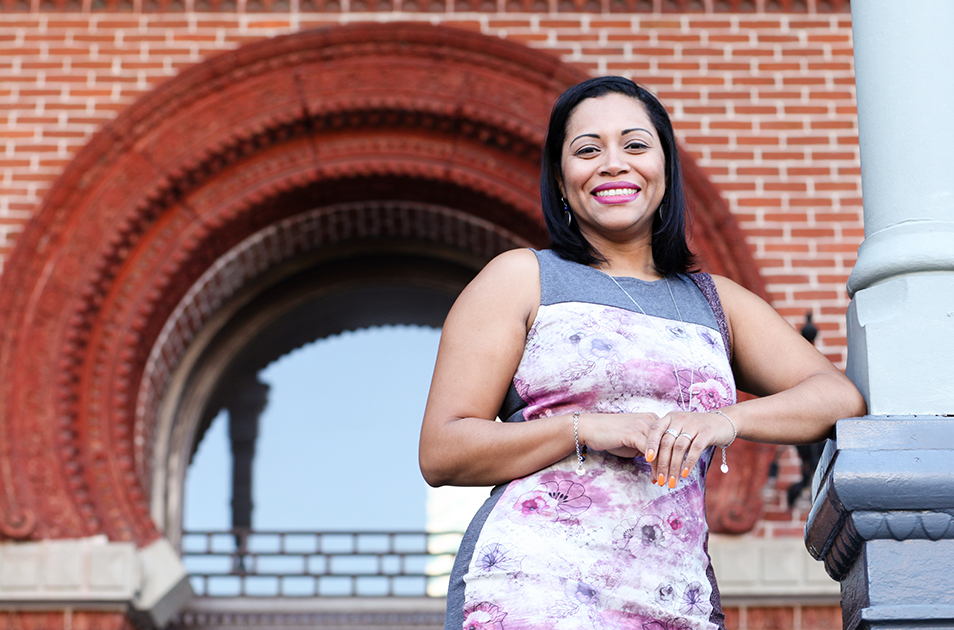Contact us
401 W. Kennedy Blvd.
Tampa, FL 33606-13490
(813) 253-3333
Renata Sindicic ’21 checks her Instagram and Snapchat at least hourly. They are her most-used social media platforms and are how she keeps informed on what’s going on and how she messages back and forth with her friends. Renata Sindicic ’21 was part of a UT research group that studied how undergraduates use social media and their preferences, and on their lurking behaviors. Photo provided by Sindicic

Enilda Romero-Hall, graduate coordinator for the instructional design and technology program, studies the design and development of multimedia instruction, human-computer interaction, online social communities and blended/hybrid education.
In a paper that was just published in the International Journal of Social Media and Interactive Learning Environments in August 2020, Sindicic, Enilda Romero-Hall, graduate coordinator for the instructional design and technology program, Linlin Li M.S. ’20 and Erika Petersen M.S. ’19 studied, “Most versus least used social media: undergraduate students' preferences, participation, lurking and motivational factors.”

Enilda Romero-Hall, graduate coordinator for the instructional design and technology program, studies the design and development of multimedia instruction, human-computer interaction, online social communities and blended/hybrid education.
“It’s important to understand who the learners are and meet them in the environment they are comfortable in,” said Romero-Hall, associate professor of education. For example, there would be less of an educational impact to assign students a group chat on a theme utilizing a class hashtag on Twitter, rather than leading a group discussion on Instagram, since the majority of students aren’t using Twitter on a regular basis.
Romero-Hall received Office of Undergraduate Research and Inquiry (OURI) and Research Innovation and Scholarly Excellence (RISE) UT grants for the 2018-2019 year. It took a year of research and analysis and included three poster presentations by Sindicic in July 2019 at the Social Media and Society conference in Toronto, and in Spring 2019 at the Florida Undergraduate Research Institute in Jacksonville and the UT Undergraduate Research Symposium on campus. Their paper was accepted in March 2020 and published Aug. 13, 2020.

Sindicic presented the team’s research at three presentations: in July 2019 at the Social Media and Society conference in Toronto, and in Spring 2019 at the Florida Undergraduate Research Institute in Jacksonville and the UT Undergraduate Research Symposium on campus. Photo provided by Sindicic
Sindicic, an international business major with a concentration in marketing and a minor in business analytics, took the lead on looking at the results of the survey and identifying trends and significant patterns that she could organize into broad categories, which were then highlighted in the paper.
Have a story idea? Contact Jamie Pilarczyk, Web Writer
Read more UT Life stories.
Subscribe to News and UT Life.
More UT News